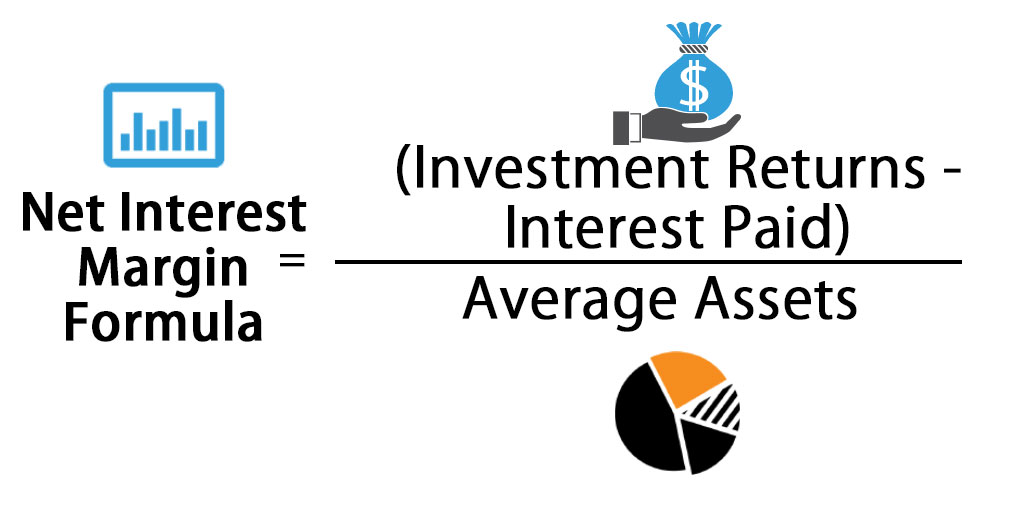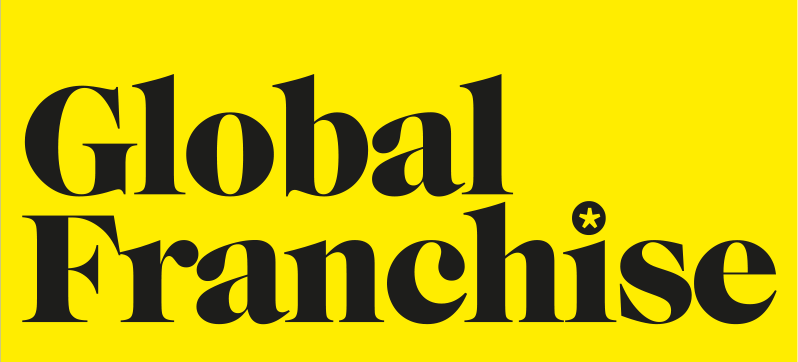Forex Trading
Hedge Definition: What It Is and How It Works in Investing

Upgrading to a paid membership gives you access to our extensive collection of plug-and-play Templates designed to power your performance—as well as CFI’s full course catalog and accredited Certification Programs. Access and download collection of free Templates to help power your productivity and performance.
The Art of Dodging Hurricanes and Hedging Stocks – Money Morning
The Art of Dodging Hurricanes and Hedging Stocks.
Posted: Tue, 12 Sep 2023 01:26:57 GMT [source]
As an emotion regulation strategy, people can bet against a desired outcome. A New England Patriots fan, for example, could bet their opponents to win to reduce the negative emotions felt if the team loses a game. Some scientific wagers, such as Hawking’s 1974 “insurance policy” bet, fall into this category. For example, if a family buys a house near a river that may flood during the Spring melt, they’re exposed to a quite a risk on a very valuable asset. If the family purchases flood insurance for their home, that risk is mitigated.
Types of Hedges:
The effectiveness of a derivative hedge is expressed in terms of its delta, sometimes called the hedge ratio. Delta is the amount that the price of a derivative moves per $1 movement in the price of the underlying asset. Regardless of what kind of investor one aims to be, having a basic knowledge of hedging strategies cfa level 1 fees june 2018 will lead to better awareness of how investors and companies work to protect themselves. For instance, if you are long shares of XYZ corporation, you can buy a put option to protect your investment from large downside moves. The best way to understand hedging is to think of it as a form of insurance.
- Investment portfolios usually have a combination of different asset classes, stocks, bonds, real estate, cash, etc. with many individual positions.
- A certain hedging corridor around the pre-defined tracker-curve is allowed and fraction of the open positions decreases as the maturity date comes closer.
- When you intend to hedge, you are attempting to decrease risk; you cannot prevent an event from occurring, but you may mitigate the effect of losses.
- If you have a long time horizon, you might not be concerned about short-term pullbacks because you believe in the investments’ long-term potential.
In this scenario, you would be protected from additional losses below $20 (for the duration of owning the put option). Hedging is an important financial concept that allows investors and traders to minimize various risk exposures that they face. A hedge is effectively an offsetting or opposite position taken that will gain (lose) in value as the primary position loses (gains) value.
Delta hedging
The hedge fund manager gets money from an outside investor and then invests it according to the plan provided by the investor. There are funds that concentrate on long-term equities, buying only common stock and never selling short. There are other funds that invest in private equity, which entails purchasing entire privately owned firms, typically taking over, upgrading operations, and ultimately supporting an IPO. There are hedge funds that trade bonds and also invest in real estate; some invest in specific asset classes such as patents and music rights. Options allow investors to hedge their positions against adverse price movements. If an investor has a substantial long position on a certain stock, they may buy put options as a form of downside protection.
To establish guidelines for a specific strategy, an investor can use an analytical software package such as Morningstar to identify a universe of funds using similar strategies. An event-driven hedge fund strategy takes advantage of temporary stock mispricing, spawned by corporate events like restructurings, mergers and acquisitions, bankruptcy, or takeovers. The information provided here is for general informational purposes only and should not be considered an individualized recommendation or personalized investment advice.
Put options for broad indexes are cheaper than individual stocks because they have lower volatility. Another way to get the most value out of a hedge is to purchase a long-term put option or the put option with the longest expiration date. A six-month put option is not always twice the price of a three-month put option. When purchasing an option, the marginal cost of each additional month is lower than the last. By purchasing a put option, an investor is transferring the downside risk to the seller. In general, the more downside risk the purchaser of the hedge seeks to transfer to the seller, the more expensive the hedge will be.
Beta Hedging And Delta Hedging
So, let’s say that you bought the put options sufficient enough to allow for a $20 sale per share. This would mean that you would be protected from any extra losses under $20 within the put time period. Now let’s assume that you don’t actually want to sell this stock – perhaps because you think the price might soar once again, or maybe for tax purposes – but you want to protect yourself from further financial losses.
Hedging strategies are designed to reduce the impact of short-term corrections in asset prices. For example, if you wanted to hedge a long stock position, you could buy a put option or establish a collar on that stock. Sometimes it’s difficult to accept, but investing in stocks means that volatility and market corrections will occur.
Contract for difference
Simply put, it is investing in a variety of assets that are not related to each other so that if one of these declines, the others may rise. Options trading entails significant risk and is not appropriate for all investors. Before trading options, please read Characteristics and Risks of Standardized Options. Supporting documentation for any claims, if applicable, will be furnished upon request. The trade-off for hedging is the cost of entering into another position and possibly losing out on some of the potential appreciation of the underlying position due to the hedge.

Premiums are impacted by the expiration date, price of the stock or other asset, and volatility. There are lots of strategies that would use hedging, but generally speaking https://1investing.in/ – hedging is most used in futures, options and derivatives. In fact, options are probably the most common among hedging strategies for individual investors.
Some investors hold a portion of their portfolio in cash to protect against a market downturn, while others diversify by asset class or geographic region. A hedge works by holding an investment that will move in the opposite direction of your core investment, so that if the core investment declines, the investment hedge will offset or limit the overall loss. Bankrate.com is an independent, advertising-supported publisher and comparison service. We are compensated in exchange for placement of sponsored products and, services, or by you clicking on certain links posted on our site. Therefore, this compensation may impact how, where and in what order products appear within listing categories, except where prohibited by law for our mortgage, home equity and other home lending products. Other factors, such as our own proprietary website rules and whether a product is offered in your area or at your self-selected credit score range can also impact how and where products appear on this site.
Fear of Stock Market Dive Creeps Back as Hedging Costs Climb – Bloomberg
Fear of Stock Market Dive Creeps Back as Hedging Costs Climb.
Posted: Sun, 10 Sep 2023 12:00:00 GMT [source]
However, like insurance, stock hedges come with a cost in exchange for risk reduction. Hedging can take on many different forms, but one of the most common ways to hedge is by using derivatives, which derive their value from an underlying asset such as stocks, commodities or indices such as the S&P 500. By using a derivative tied to the underlying asset you’re looking to hedge, you can directly limit your risk of loss.
Potential Costs
Many investors that don’t usually trade options will use them to hedge against existing investment portfolios of other financial instruments such as stock. There a number of options trading strategies that can specifically be used for this purpose, such as covered calls and protective puts. A hedging strategy usually refers to the general risk management policy of a financially and physically trading firm how to minimize their risks. Hedging strategies are used by investors to reduce their exposure to risk in the event that an asset in their portfolio is subject to a sudden price decline. When properly done, hedging strategies reduce uncertainty and limit losses without significantly reducing the potential rate of return.
Hedge funds aim for the greatest possible returns and take the greatest risks while trying to achieve them. They are more loosely regulated than competing products, with the flexibility to invest in options and derivatives and esoteric investments that mutual funds cannot. A recent retiree wants to hedge some of their market exposure to protect against a major sell-off. They purchase enough ProShares Short S&P 500 ETF (SH -0.07%) shares to cover a meaningful portion of their portfolio. If the stock market gains value, that hedge will eat into their returns because the ETF would lose value, and the investor is paying a relatively high ETF expense ratio of 0.89%.

While we strive to provide a wide range offers, Bankrate does not include information about every financial or credit product or service. Another area is securities, which are most commonly found in the form of stocks and bonds. Investors can buy securities without taking possession of anything physical, making them an easily tradable property. Currencies can also be hedged, as well as interest rates and weather. The adage that goes “don’t put all your eggs in one basket” never gets old, and it actually makes sense even in finance. Diversification is when an investor puts his finances into investments that don’t move in a uniform direction.

